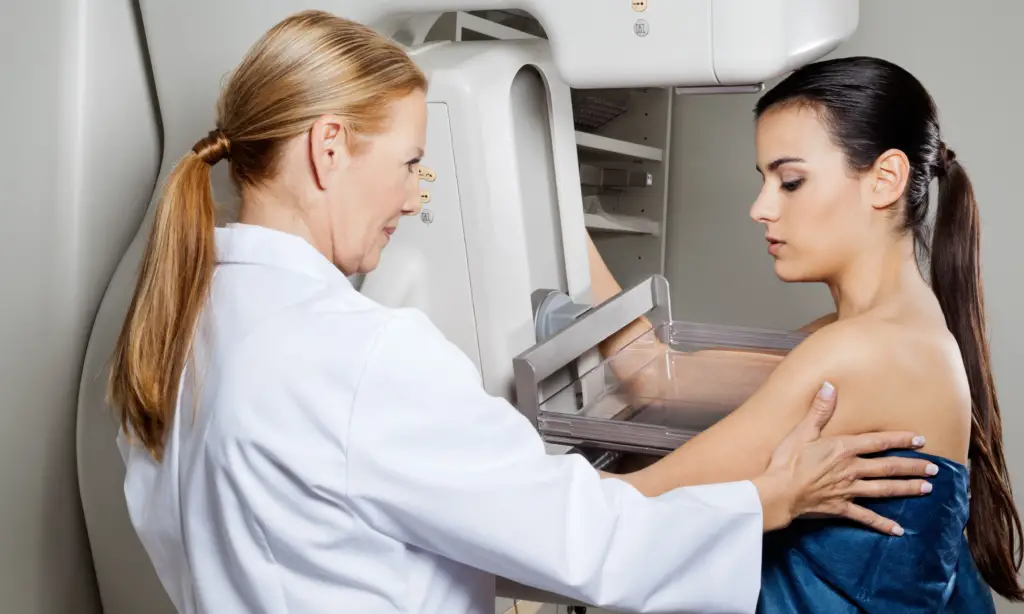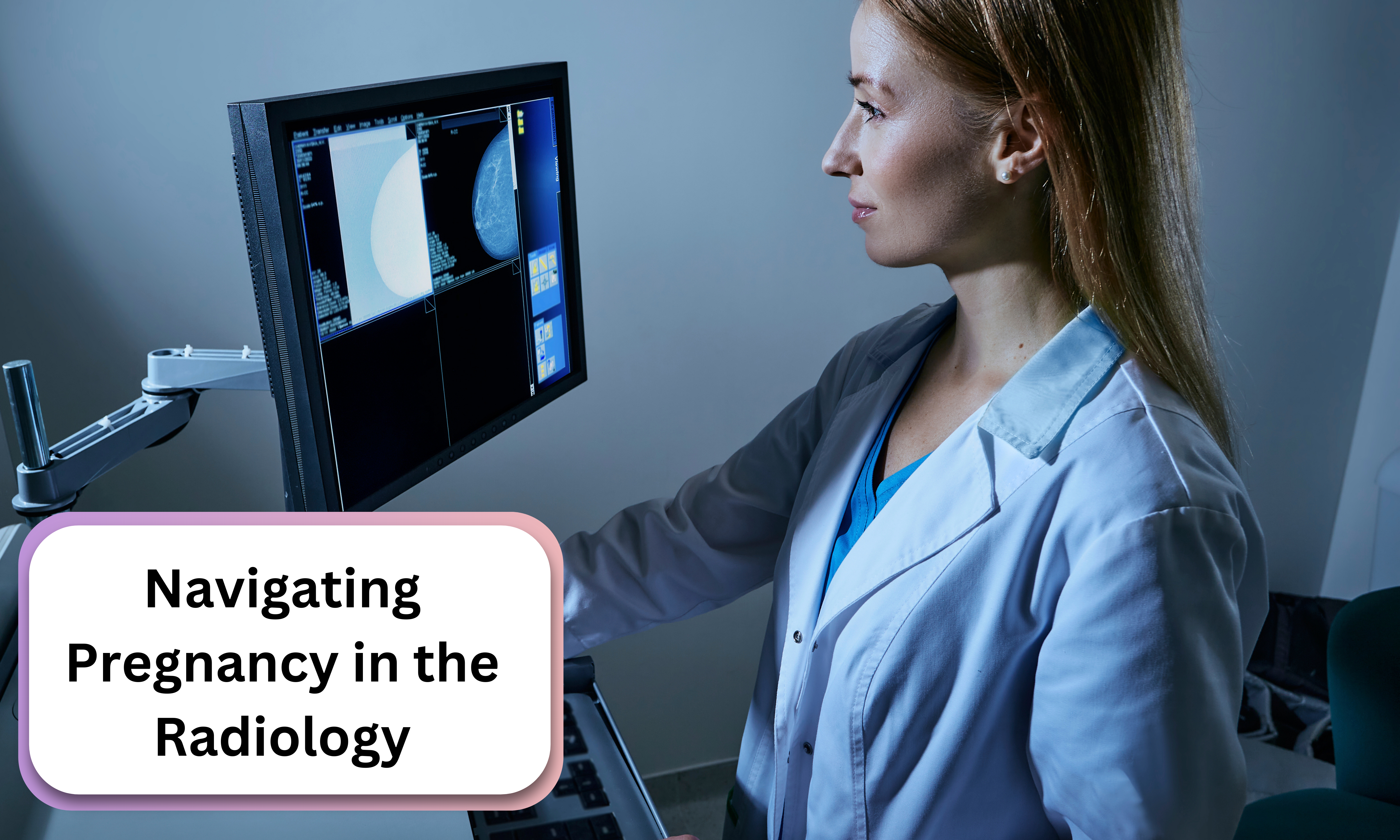Pregnancy brings about a wave of emotions and a whirlwind of preparations. One concern that stands out for rad techs, or radiologic technologists, who are pregnant, is radiation exposure.
What should one do upon discovering they’re pregnant? How do they ensure the safety of their unborn child?
Here’s a comprehensive guide based on insights from professionals in the field.
1. Declaring Your Pregnancy:
The decision to declare a pregnancy to your supervisor is a personal one. Many professionals recommend discussing it as soon as one discovers the pregnancy, primarily if they frequently work in the OR or handle fluoro cases. The advantage of this is that you can be provided with a fetal dosimeter.
This device measures exposure dose, ensuring the fetus’s safety. Keeping this declaration confidential is also possible. Your privacy should be respected if you’re uncomfortable sharing the news with everyone.

2. Safety Precautions:
Following safe radiological practices is paramount. Here are some steps to ensure maximum safety:
- Lead Apron: Always wear a lead apron, ensuring it covers you adequately. Some professionals suggest wearing lead all around and even using an extra panel for added safety, especially in the early weeks of pregnancy.
- Follow ALARA: An acronym for “As Low As Reasonably Achievable”, ALARA emphasizes the importance of minimizing radiation exposure. It suggests that as long as you adhere to the principles of ALARA, use protective equipment like lead aprons, and maintain distance when possible, the exposure dose should be low. It’s estimated that a fetus gets only about 25% of the dose its mother receives, so by adhering to these principles, the unborn child is well-protected.
- Time, Distance, and Shielding: Remember these three critical concepts. Minimize the time spent near radiation sources, maximize the distance from these sources whenever possible, and always use shielding methods.
3. Fetal Dosimeters and Badges:
Once you’ve declared your pregnancy, request a fetal badge or OSL (Optically Stimulated Luminescence). This badge measures radiation, ensuring the exposure remains within safe limits for the fetus. It’s a good idea to avoid certain high-exposure areas, like the OR, until your badge arrives.
4. Work During Pregnancy:
The consensus is that one can work while pregnant, provided they follow safety protocols diligently. If certain procedures or surgeries take a prolonged time, and you’re concerned about exposure, consider discussing alternatives or precautions with your supervisor.
5. Open Communication:
Lastly, maintain open communication with your supervisor and colleagues. They can provide guidance, offer alternative assignments, or adjust your schedule, especially around appointments or if fatigue becomes a factor.
Conclusion
In conclusion, pregnancy while working as a rad tech requires additional precautions but is manageable. By adhering to safety protocols, seeking guidance, and using protective equipment, you can ensure a safe environment for both yourself and your unborn child.

